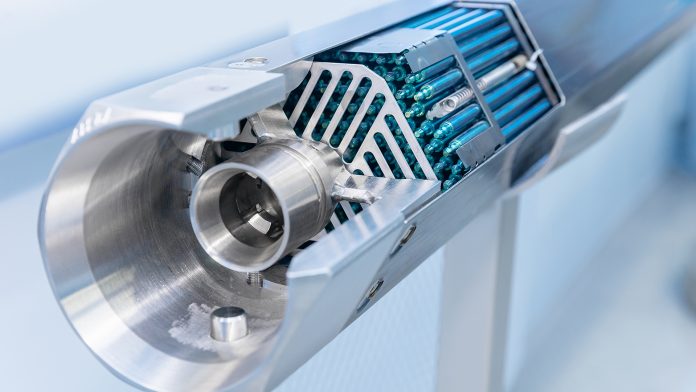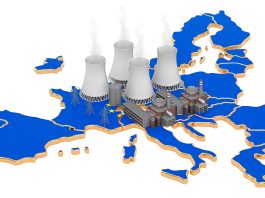The U.S. Department of Energy (DOE) has announced it will fund up to $900m to support the deployment of small modular reactors.
The DOE issued a notice of intent to advance the development of Generation III+ small modular reactors, a move that will help the US increase its nuclear energy capabilities significantly.
In addition to driving clean energy goals, investments in small modular reactors will help create skilled job opportunities and position the country as a global leader in nuclear power.
Jennifer Granholm, US Secretary of Energy, commented: “President Biden is determined to ensure nuclear power—the nation’s single largest source of carbon free electricity—continues to serve as a key pillar of our nation’s transition to a safe and secure clean energy future.
“Today’s announcement will support early movers in the nuclear sector as we seek to scale up nuclear power and reassert American leadership in this critical energy industry.”
Importance of nuclear energy to the US
Nuclear power is the US’ largest source of carbon free electricity, with the industry directly employing around 60,000 people nationwide and hundreds of thousands more indirectly.
To reach net zero emissions by 2050, the DOE estimates the US will need an additional 700-900 GW of firm, clean energy capacity.
Nuclear energy is a viable option to meet this demand, with small modular reactors holding the potential to unlock the US’ nuclear potential.
Benefits of small modular reactors
Small modular reactors are versatile and can be safely deployed in various settings, from remote areas to urban environments, due to their small footprint, modular design, factory construction, and established fuel supply chains.
These features lower overall project costs. Small modular reactors can meet localised power demands, be scaled up for larger needs, or complement renewable energy sources.
How will the funding be used?
The Consolidated Appropriations Act of 2024, funded by the President’s Bipartisan Infrastructure Law, has enabled the DOE to offer funding in two tiers.
Tier 1, managed by the Office of Clean Energy Demonstrations (OCED), will provide up to $800m to support up to two first-mover teams, including utilities, reactor vendors, constructors, and end-users, to deploy a first plant and facilitate a multi-reactor, Gen III+ orderbook.
Tier 2, managed by the Office of Nuclear Energy (NE), will provide up to $100m to support additional Gen III+ deployments by addressing gaps in design, licensing, supplier development, and site preparation.
The DOE plans to release a funding solicitation in late summer or autumn of 2024.









